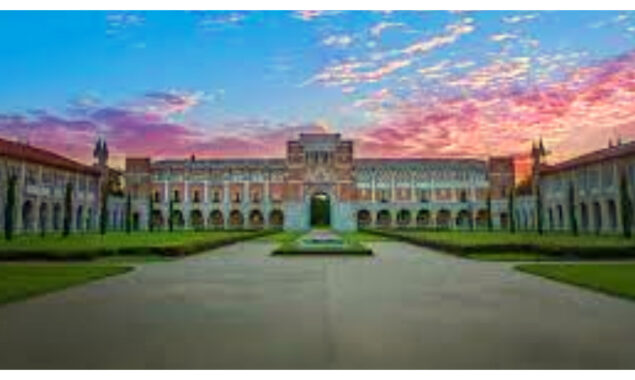
Chemists from Rice University and China came up with a chemical process that uses light.
- Chemists from Rice University and China came up with a chemical process that uses light.
- They add two functional groups to single alkenes.
- Commercial component replacement may leak chlorine and nitrogen.
Rice University and China came up with a chemical process that works with light and was based on the liver.
Julian West of Rice University and Xi-Sheng Wang of Hefei’s University of Science and Technology offer a catalytic approach to adding two functional groups to single alkenes.
These “unactivated” alkenes lack reactive double bond atoms.
Journal of the American Chemical Society offered a chemical strategy to boost polymer production.
Read More: A New Perspective on the Origins of Life on Earth
He stated enzymes cut molecules like buzzsaws. Hardly.
P450 releases an unpaired electron from carbon-hydrogen bonds.
P450 returns an oxygen atom to pair the electron, oxidizing the molecule. This removes deactivated molecules.
“Strong,” said West. Harry (Rice graduate Kang-Jie Bian) asked whether we could shift components onto that radical.
Manganese boosted “radical rebound”
Manganese catalyzes P450’s biological function, unlike iron.
Read More: Healthy vibes your way
Manganese is selective, active, cheap, and easy. Commercial component replacement may leak chlorine, nitrogen, and sulphur.
Bian added photocatalyst, says West. “When you shine light on it, it becomes agitated and you can do things that are impossible at rest,” he remarked. We can target them.
Single-step alkene functionalization.
West recognized the alkene’s double bond. Manganese catalyzes ligand transfers to add chlorine, nitrogen, or sulphur.
Bian’s relocation from Hefei to Rice triggered the partnership. We concentrated on manganese; Wang’s group added photocatalysis and carbon-fluorine fragments.
Chemical biology may benefit from the technique’s affinity for Han Xiao’s pClick approach to bind pharmaceuticals to antibodies.
Read More News On
Catch all the Sci-Tech News, Breaking News Event and Latest News Updates on The BOL News
Download The BOL News App to get the Daily News Update & Follow us on Google News.




